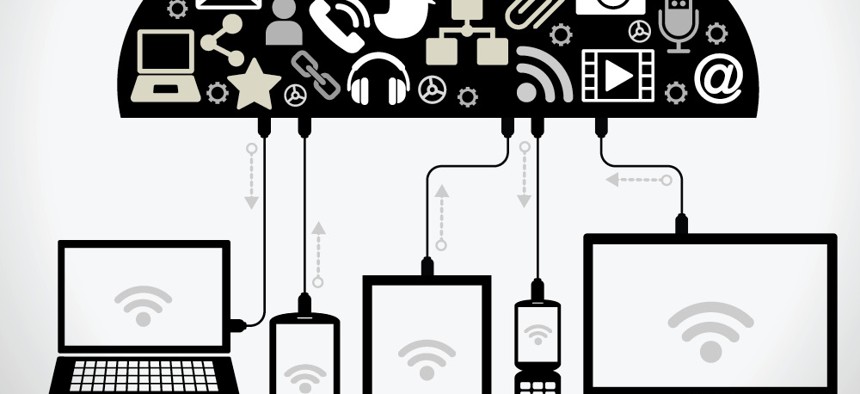
Image via VLADGRIN/Shutterstock.com
3 Must-Follow Tips For Successfully Implementing New Tech Initiatives
Rolling out new technology in your organization? Three steps for new tech success.
How do organizations encourage and sustain innovation in an environment plagued with words like sequestration, furlough, hiring freeze, debt default, government shutdown? Often that innovation takes the form of forcing adoption of new technologies across the organization. Which isn’t bad, but it does create a monstrous challenge in the form of confused, overwhelmed and oftentimes resistant employees struggling to grasp these new technologies. New tech initiatives often result in mixed messages from management to employees, significant increase in absenteeism among employees and failure to implement the technology change initiative itself.
The pace of change in technology is dynamic and can be volatile. Your approach to implementation will most likely lack a “right” answer. Do we upgrade or wait for the next release? Is it time for a new communication system? Would a biometric identification system be more efficient? What percentage of weekly telework will maximize productivity and enhance employee flexibility?
What to do? Acknowledge the challenge and create a strategy to define the path ahead with basic concepts—concepts that may seem obvious but are so often overlooked:
Walk the walk--talking the talk is not enough: Good or bad, employee perception of organizational change is critical. With a change in technology, the role of employee perception is a significant factor in success or failure of the implementation. Consider, for example, the implementation of a new travel expense reimbursement system that applies only to employees at the GS-13 level and below.
If you innovate, don’t forget to educate: Innovation can embrace a “push” or respond to a “pull” implementation strategy. “Push” innovation refers to the introduction of a technology that we didn’t know we needed, like the iPad in 2010. “Pull” innovation refers to the introduction of new technology based on an identified need in the market from which innovation evolves. Both innovation strategies require education and training for employees, especially the lack of familiarity inherent to “push” innovations.
The end user has an opinion—ask for it: Technology implementation strategies often follow either best practice guidelines or “this is what we think you need programs.” Both are dangerous. The end users work with technology regularly. Soliciting direct input from the end users can be the difference between success and failure of the implementation strategy.
Change is hard. Technology change (for some) can be even harder. In an environment plagued with uncertainty, the innovation challenge becomes a careful balance between an interesting concept that is absent practical application or the inadvertent dismissal of a tool that can be critical in the organization’s evolution. The strategic integration of innovation supports employees with an eye toward growth.
Image via VLADGRIN/Shutterstock.com







